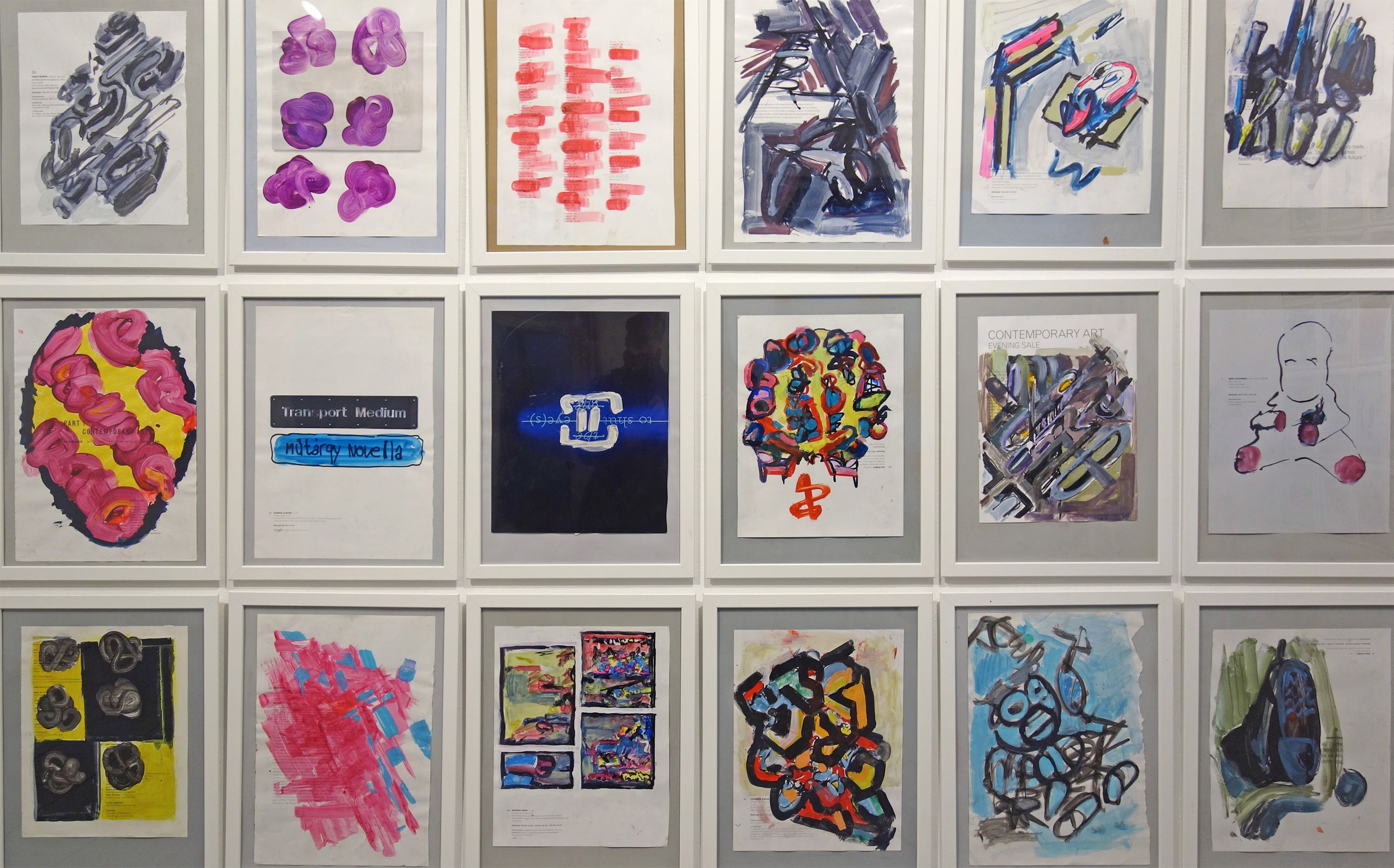Csaba Uglár
U-Cronia
| Venue: | acb Gallery |
| Date: | Oct 29 – Dec 03, 2010 |
Description
Csaba Uglár’s first exhibition at the acb Gallery presents the documentation of a fictive historical situation. In addition to large watercolor cityscape visions, the artist also introduces the capturing figures and events from an anti-utopistic past and present. The mode of presentation is an artistic representation, which offers a lot more about a given historical period, than the mere recording of it. In addition to the aforementioned paintings, the material – including silkscreen prints, lightboxes, and videos – follows in the footsteps of nineteenth-century historical painting as well as socialist realism and implements their techniques of representation as present in the twenty-first century. The exhibited artworks thus allow us a glimpse into an absurd, albeit a much too imaginable world through our direct and indirect memories. As his point of departure, Uglár used found photographs depicting real places and people, which he has manipulated so that they fit into a piece of historical fiction. In this way, viewers become part of a history that starts from a “what if” situation, as they use their imagination to piece together the whole picture with the help of the displayed “documents” as if they were parts of a jigsaw puzzle. And while this story may be a work of the wildest fiction, it nevertheless reflects on today’s Hungarian historical reality.
In Uglar's negative utopia Hungary filled the part of a notable empire, and so could it have happened that Andy Warhol recorded in silk-screen series the powerful minister of culture Gyorgy Aczel, or the Stern reported on its cover about the finding of the 'lost' bones of Janos Kadar. Uglar's two-channel video-loop runs the credits of Hungarian popular movies, and between the moviemakers' name and role, government members from the same period are also enumerated. This formally can be understood as a modern monumental memorial. At the same time by compounding the regimes which in our present evaluation of history strikingly contrast each other, he adjudicates not only the fictitious reality but authority in general.
History, or the act of rewriting certain stories, is a living practice in the arts of the 2000s. In the Hungarian contemporary art scene, this artistic strategy is most dynamically represented by the artist group Little Warsaw. Uglár is interested in the correlation of this approach with representation as a question of art – a pattern that is also traceable in his earlier works, just as the idea of involving viewers in a non-artistic situation.

